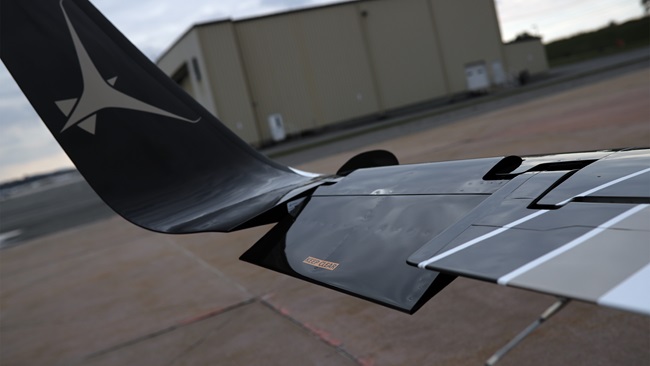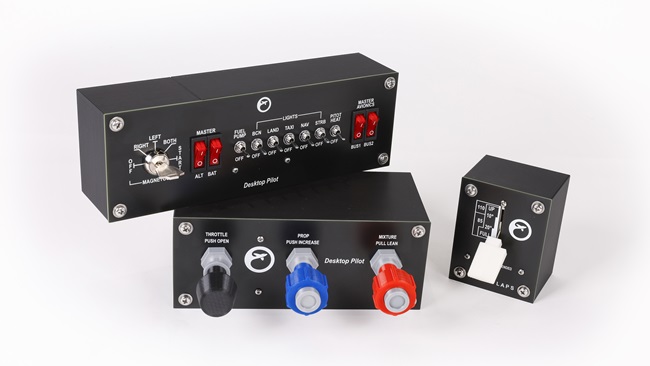Invention automates weight-and-balance calculation
'A sanity check'
Imagine seeing weight and balance depicted graphically, automatically, in real time, based on actual weight. Aviation writer and inventor Tim Kern has a patent pending.
Kern is a published author and public relations contractor for a number of companies in the aviation industry. He told AOPA that an accumulation of fatal mistakes related to miscalculation of weight, balance, or both, drove his desire to automate the task. He said too many aircraft have crashed because they were overloaded, or had a center of gravity outside of limits, rendering them uncontrollable. Kern believes very few pilots take off knowing their aircraft’s CG is out of limit, yet it happens. More common, he said, are cases where aircraft are flown overweight.
Fueling errors can also leave aircraft heavier than the pilot expects, Kern said “or grandma sneaks her cannonball collection on board, and she knows that you don’t want her to do that so she sticks it behind the back seat.”
Kern has applied for a utility patent for his automated solution, which he said can be retrofitted to virtually any airplane with minimal modification. He programmed a small computer to accept inputs from sensors that measure weight by monitoring the pressure in landing gear struts.
“You don’t modify the strut,” Kern explained. “You take the pressure off the strut and you use that as a surrogate.”
Kern said his system is designed to calibrate itself on every flight, compensating for changes in temperature. If the airplane does not have struts, he added, strain gauges or bending gauges can perform the same function. Measuring the weight resting on each wheel (or ski, or float, as the case may be) and adding the known weight of the landing gear below the sensor—the “unsprung” weight of the aircraft including the fluid in brake lines—allows the system to accurately measure the actual ramp weight, along with the aircraft balance, Kern said. This information can be displayed graphically, instantly calling attention to a problem even before the engine is started.
“There’s any number of other ways to do it … you could even use leveling and gyros,” Kern said. “I included it in the patent.”
Kern said he filed his application for a utility patent November 2, about a year after applying for a provisional patent. He said his research found no such system currently available and noted that it would be easy to retrofit in any number of aircraft, even certified aircraft. The computing could either be handled by existing avionics, or on a mobile device that accepts input from sensors on the landing gear via wired or wireless connection.
“If you don’t try to pass it off as a primary instrument, but only as a sanity check, it would still save lives,” Kern said. “It can be on your phone.”
Kern said he hopes to work with manufacturers to integrate the Kern Weight and Balance System in new aircraft and retrofits alike. He said he has begun conversations with airframers to that end.




